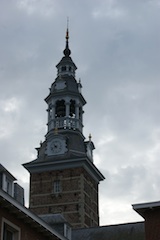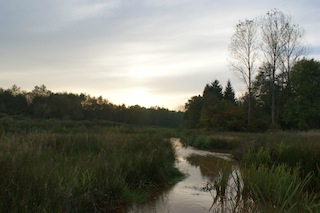Fondation Campine Vivante aims to preserve the ecological, cultural, historical and human heritage of the Campine region.
The Campine, located on both sides of the Belgium and Dutch borders, has a very well preserved nature with a huge variety of woods, bogs, heaths and pastures, interspersed by a few small towns and villages.
The Campine is the largest green area in the Flemish region with several nature reserves of a high biodiversity. Amongst others, Fondation Campine Vivante supports projects and organizations focusing on the protection of the nature, the forests, the streams and the heathers in the Campine region. The fondation grants regular financial support to these organisations, enabling them to pursue their aim of preserving the biodiversity, for instance through the acquisition of parcels of lands, while promoting public access to these nature reserves. A specific attention is given to the sustainable character of the supported projects.
The Campine offers an ideal setting for the practice of walking and cycling tours to discover breathtaking landscapes, as well as a range of ancient castles, historical monuments and abbeys, and more specifically the Postel Abbey.
Fondation Campine Vivante further strives to support projects targeting the preservation of the cultural and architectural heritage of the Postel Abbey by offering a financial support for the renovation of their buildings.
Postel Abbey is a Premonstratensian abbey located in the Antwerp Campine region. The abbey church was built in the typical Rhineland Romanesque style in the late twelfth century. As the Church has undergone several changes over the centuries, the buildings carry some characteristics of the Gothic and Baroque architectural style. Nowadays, the Abbey is still surrounded by walls and partially by moats.
Today, the Postel Abbey is also known for its cheese production. Most recently, the monks started the ecological exploitation of a botanical garden with medicinal herbs.


